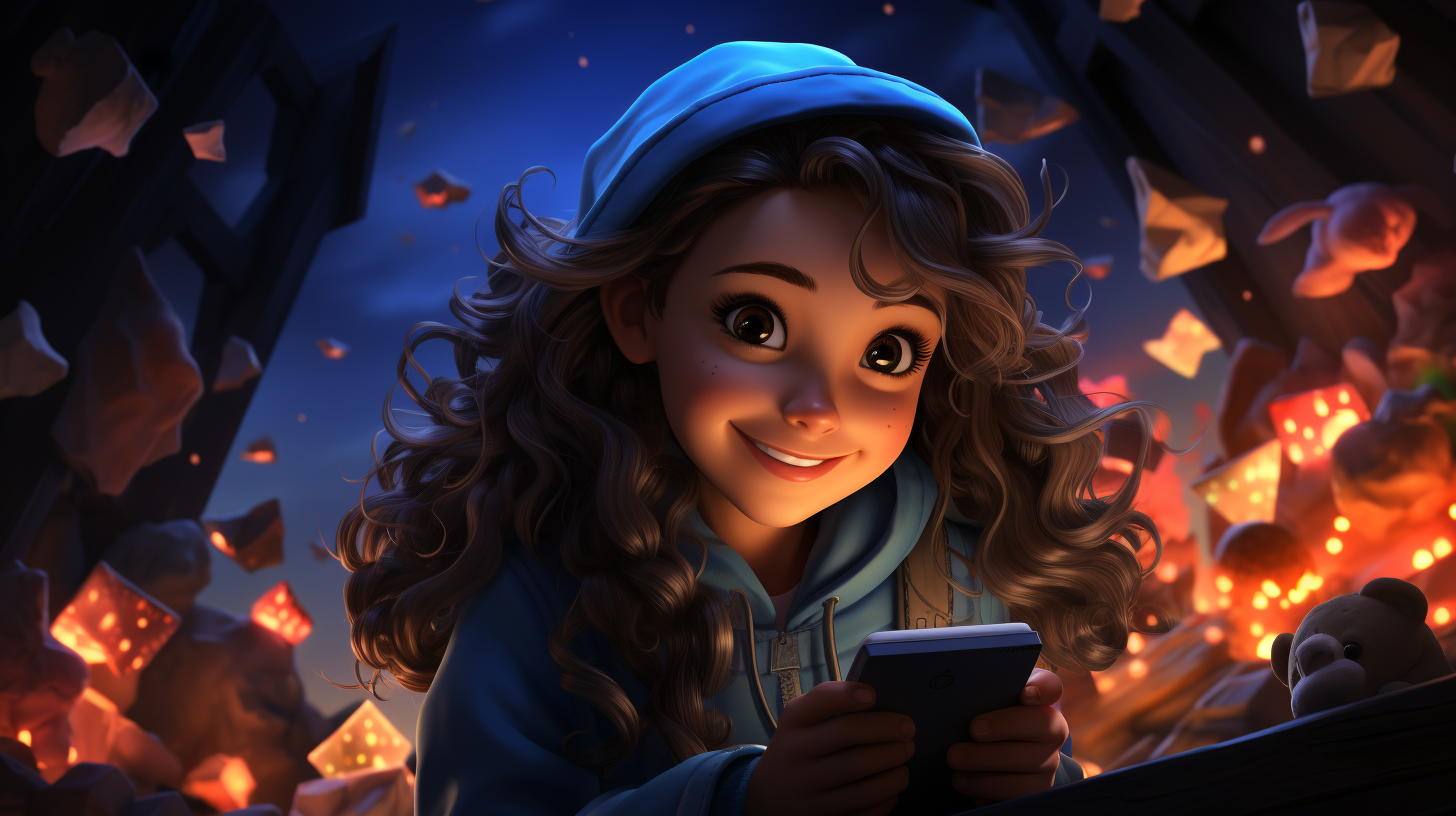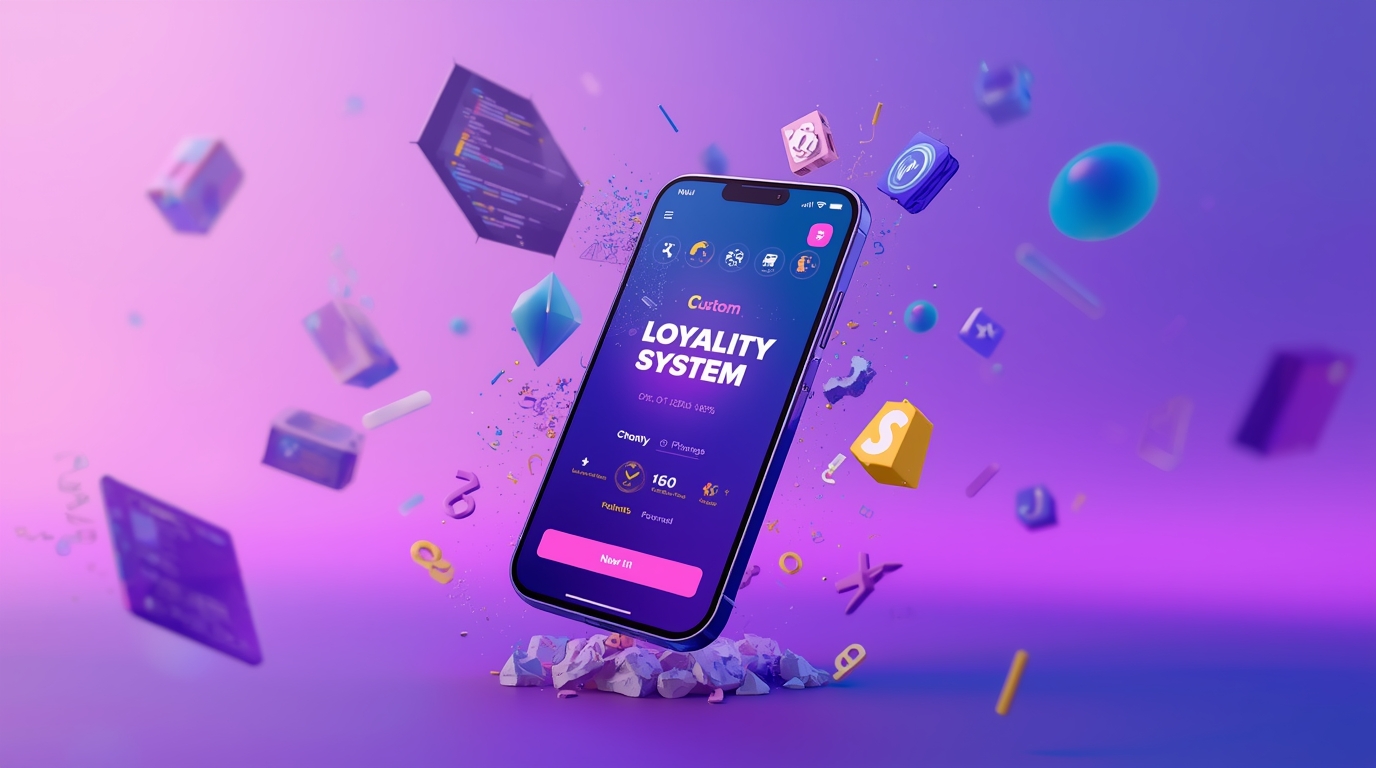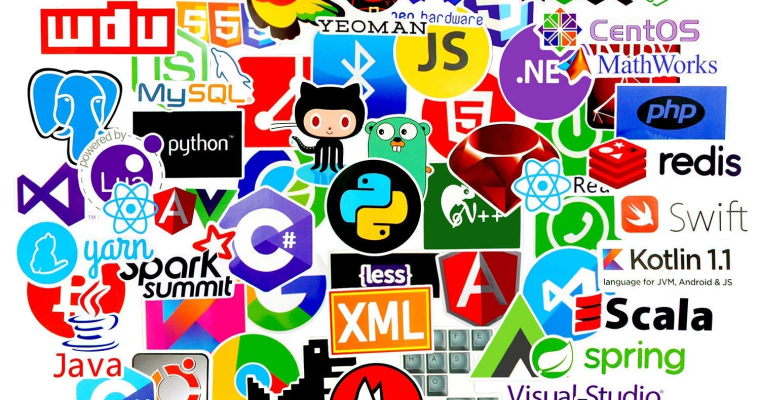Breaking into the video game industry might sound intimidating, but here’s the truth: entry-level positions don’t require extensive experience—hiring teams primarily want to confirm you have the right skills, cultural fit, and growth potential. With the right approach, you can turn your passion for games into a thriving career.
What Can You Expect to Earn?
Let’s talk money. Entry-level game designers with less than one year of experience earn an average total compensation of $62,466, while typical pay ranges between $53,825 and $97,067 annually. Location matters significantly—entry-level designers in California average $83,566 per year, 16% higher than the national average.

Early career advancement happens quickly for talented designers. Those with 1-4 years of experience earn an average of $68,209, and the upward trajectory continues from there. The gaming industry has seen steady salary growth, making it an increasingly attractive career path.
Common Entry-Level Positions
The game design field offers several entry points, each with unique responsibilities and growth opportunities:
Junior Game Designer
This entry-level role involves assisting in various design tasks, learning from senior designers, and contributing to the conceptual and developmental phases of game creation. You’ll gain broad exposure to the entire development process while working under the guidance of experienced professionals.
Level Designer
Level Designers focus on creating the stages or levels of a game, including the layout, challenges, and in-game assets. This role is perfect if you’re obsessed with turning spaces into stories and crafting player experiences through environmental design.
QA Tester
Entry-level QA Testers play through builds, hunt bugs, and keep design teams honest. While often overlooked, QA provides invaluable insight into how games function and serves as a common entry point into the industry.
Associate Game Designer
This foundational position allows you to contribute to game mechanics, documentation, and early prototyping while building your skills and portfolio.
Game Design Intern
Internships offer hands-on experience and networking opportunities. Employers value experience in the video game industry, so undertaking an internship helps you learn responsibilities and required skills before graduation.
Essential Skills You Need
To land your first game design job, you’ll need to master several core competencies:
Technical Proficiency
- Game Engines: Unity and Unreal Engine are industry standards
- Scripting: Basic programming knowledge (C++, C#, or Python)
- Design Tools: Familiarity with level editors and prototyping software
- Version Control: Understanding of Git and collaborative workflows
Design Fundamentals
- Game Mechanics: Understanding how systems interact to create engaging gameplay
- Player Psychology: Knowing what makes experiences fun and compelling
- Balance & Progression: Creating fair, rewarding challenge curves
- Documentation: Writing clear, comprehensive design documents
Soft Skills
- Collaboration: Working effectively with artists, programmers, and producers
- Communication: Articulating ideas clearly to diverse team members
- Problem-Solving: Finding creative solutions to design challenges
- Adaptability: Responding to feedback and iterating on designs
Education Paths That Work

Good news: you don’t need to go to university to learn core game design skills. Multiple pathways can lead to success:
Traditional Education
While many pursue bachelor’s degrees in design, computer science, or related fields, alternative routes such as online courses, boot camps, and professional certifications are increasingly acknowledged for providing essential skills.
Specialized Programs
Institutions like Game Academy provide specialized programs that blend theoretical knowledge with practical training, focusing on technologies such as Unreal Engine and Unity while emphasizing collaboration through practical production projects.
Self-Taught Route
Many successful designers learned through:
- Online courses (Udemy, Coursera, YouTube tutorials)
- Game jams and personal projects
- Modding existing games
- Community forums and Discord servers
- Reading design blogs and post-mortems
Building a Killer Portfolio
You should document your work in a portfolio of projects to show prospective employers, especially highlighting any leadership roles you assumed. Your portfolio is often more important than your resume.
What to Include
- Complete Playable Games: Even simple projects demonstrate you can finish what you start
- Level Designs: Showcase your spatial reasoning and player flow understanding
- Design Documents: Prove you can communicate ideas professionally
- Prototypes: Show your iterative design process
- Analysis: Demonstrate critical thinking about existing games
Portfolio Best Practices
- Make everything easily accessible online
- Include gameplay videos with commentary
- Explain your design process and decisions
- Show how you incorporated feedback
- Keep updating as you grow
Where to Find Entry-Level Jobs

|
Category
|
Platform
|
Description
|
|---|---|---|
|
General Job Boards
|
Indeed.com
|
617 entry-level video game designer jobs currently available
|
|
Glassdoor
|
Popular for company reviews and salary insights
|
|
|
LinkedIn Jobs
|
Professional network with robust job search and company pages
|
|
|
ZipRecruiter
|
Aggregates listings from multiple sources
|
|
|
Industry-Specific Platforms
|
Hitmarker
|
Specializes in gaming and esports careers
|
|
Gamedevmap.com
|
Interactive directory of game developers and publishers
|
|
|
Gamedeveloper.com
|
Offers career advice and job listings from GameDeveloper magazine
|
|
|
Creativeheads.net
|
Features openings across games, animation, and VFX
|
|
|
Dice
|
Tech-focused platform including game industry positions
|
Pro tip: Knowing where to look beyond the big general boards gives you a competitive advantage in the game industry! Research studios you admire and check their careers pages directly. Many positions are filled before they hit major job boards.
Standing Out From the Competition
The gaming industry is competitive, but these strategies give you an edge:
Network Strategically
- Attend game development conferences (GDC, PAX Dev, local meetups)
- Join online communities (Reddit’s r/gamedev, Discord servers)
- Engage with developers on Twitter/X
- Participate in game jams
- Join professional organizations (IGDA)
Create Visibility
- Share your work on social media
- Write about game design on Medium or your own blog
- Create video devlogs on YouTube
- Contribute to open-source game projects
- Offer thoughtful feedback on other developers’ work
Tailor Your Applications
- Customize each resume for the specific role
- Research the company’s games and reference them
- Show genuine passion for their projects
- Demonstrate understanding of their design philosophy
- Address how you’d fit their team culture
Keep Learning
The industry evolves rapidly. Stay current by:
- Playing diverse games critically
- Following industry news and trends
- Watching GDC talks (many free on YouTube)
- Reading design books and articles
- Experimenting with new tools and technologies
What the Job Actually Involves
As a game designer for a AAA studio, your number one responsibility is to be “Keeper of Fun”—you need to solve problems and make the game experience more enjoyable for players.
Day-to-Day Responsibilities
- Prototyping gameplay mechanics
- Creating and updating design documentation
- Playtesting and gathering feedback
- Collaborating with programmers and artists
- Iterating on features based on data
- Participating in design reviews
- Supporting live game operations
Career Growth
Your first position will be one of the entry-level game design positions: Junior game designer, Assistant game designer, Associate game designer, or Game design intern. From there, you can advance to:
- Mid-level Game Designer (3-5 years)
- Senior Game Designer (5-8 years)
- Lead Designer (8+ years)
- Creative Director (10+ years)
Making Your Move
The path to your dream game design job is clear:
- Master the fundamentals through courses, projects, or formal education
- Build a compelling portfolio showcasing complete, playable projects
- Develop both technical and soft skills that studios value
- Network actively within the game development community
- Apply strategically to positions matching your skills and interests
- Stay persistent – rejection is part of the process
Remember: yourself and dozens of other designers are living proof that breaking into the industry without years of formal training or experience is totally possible. The gaming industry needs passionate, skilled designers who can bring fresh perspectives to interactive entertainment.
Your dream job is waiting. Now it’s time to level up your career.
Quick Reference: Top Cities for Game Design Jobs
Based on current market data, these cities offer the most opportunities:
- San Francisco/Bay Area, CA: Hub for major studios and tech giants
- Los Angeles/Irvine, CA: Home to numerous AAA developers
- Seattle, WA: Microsoft, Nintendo, and indie studios
- Austin, TX: Growing game development scene
- Boston, MA: Strong education and development ecosystem
- Orlando, FL: Simulation and entertainment focus
Ready to start your journey? The game industry is waiting for creative minds like yours. Whether you’re designing your first level or applying to your first studio, remember: every legendary game designer started exactly where you are now.








